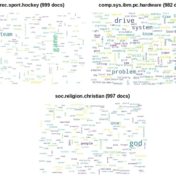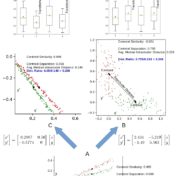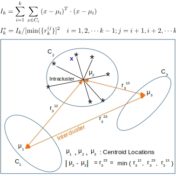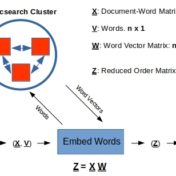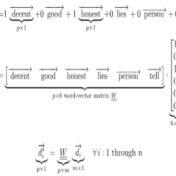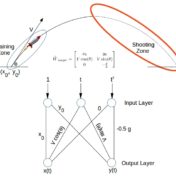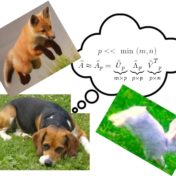Word Bags vs Word Sequences for Text Classification
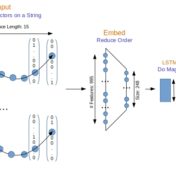
Sequence respecting approaches have an edge over bag-of-words implementations when the said sequence is material to classification. Long Short Term Memory (LSTM) neural nets with words sequences are evaluated against Naive Bayes with tf-idf vectors on a synthetic text corpus for classification effectiveness.

